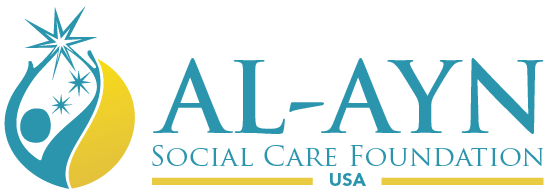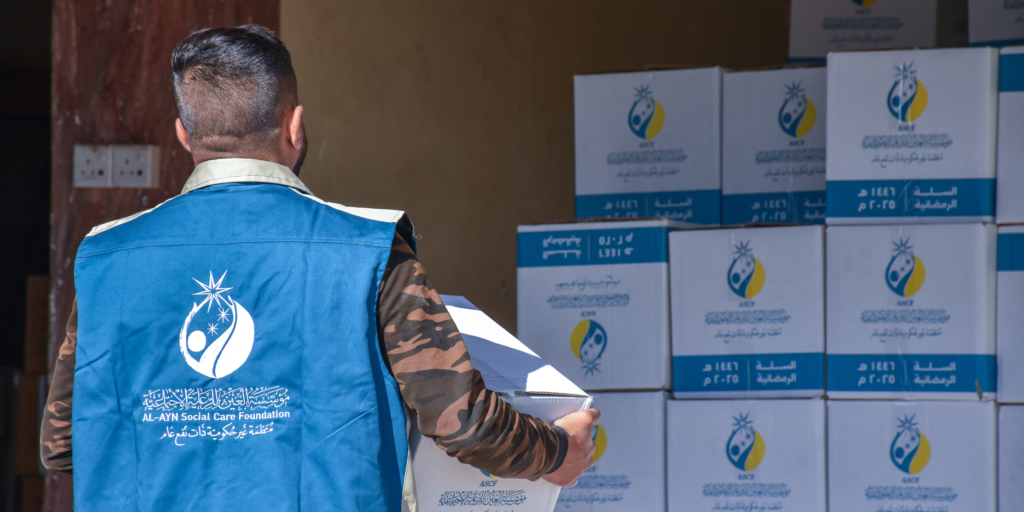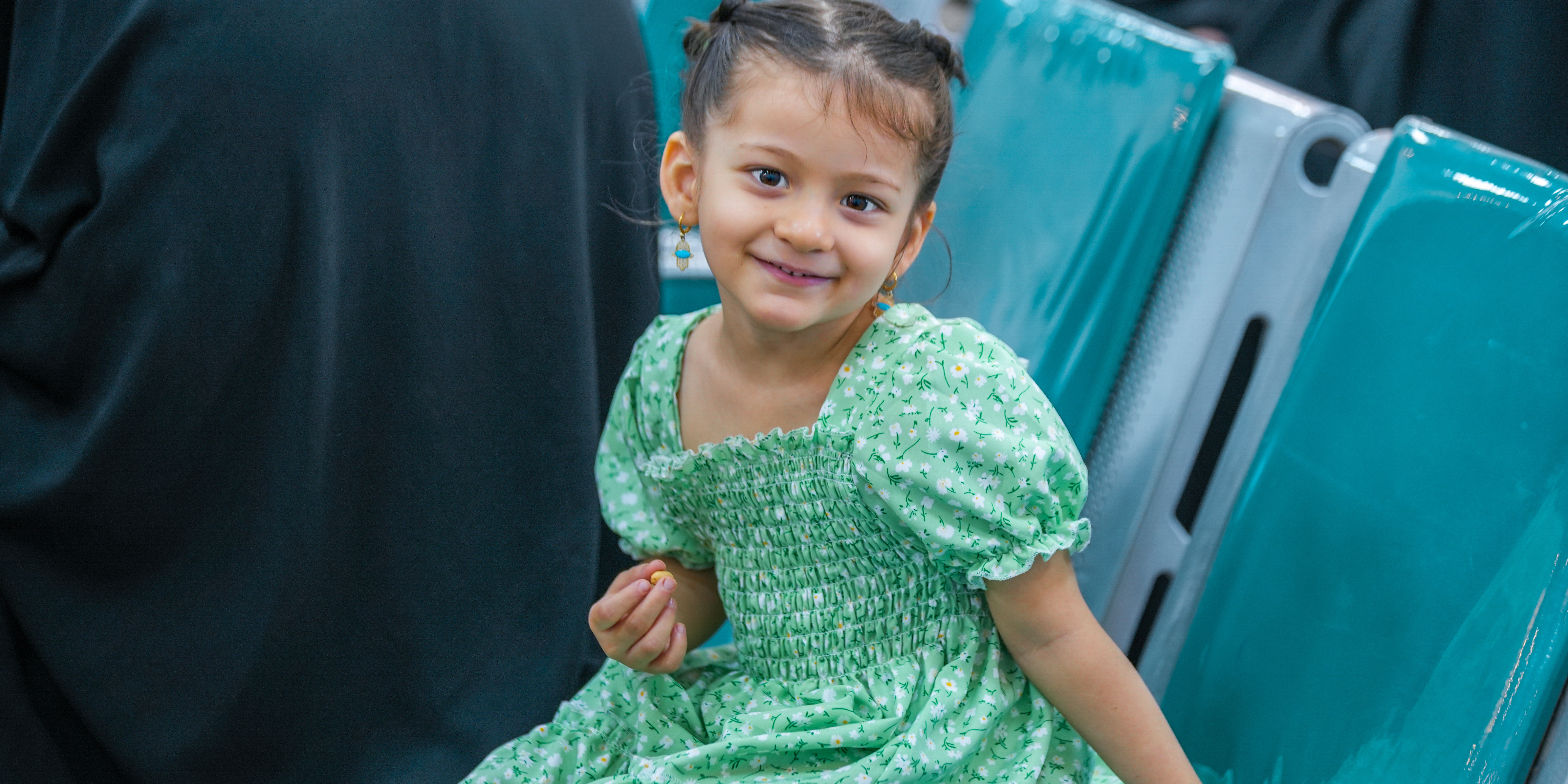 Donate
Donate
 Donate
Donate
Surplus
Deductions
Total amount subject to Khums $0
Khums Due $0
Sahm al Imam to be paid $0
Sahm al Sada to be paid $0

Millions of Muslims around the world have embarked on a month filled with spiritual reflection, community bonding, and acts of kindness and solidarity. Ramadan is not just about fasting; it’s a time to strengthen our faith, cultivate our relationships, and embrace the blessings that this holy month brings.
A man wrote a letter to Imam Askari (AS) asking him: “For what reason did Allah make fasting compulsory?” The Imam (AS) wrote in response: “God has made fasting compulsory so that the rich shall find the pain of hunger so they have a mercy upon the poor.” [Bihar al-Anwar Vol.96, p.339.]
The heart of Ramadan lies in the practice of fasting from dawn until sunset. This annual observance encourages self-discipline and self-reflection, allowing individuals to experience hunger and thirst as a means of nurturing empathy within themselves for those less fortunate. The act of fasting serves as a reminder of our shared humanity and the importance of gratitude for the blessings we often take for granted.
During this month, the atmosphere transforms into one of heightened spirituality. Mosques are filled with worshippers, families gather for iftar, and communities unite in prayers and charitable acts. People from all walks of life come together to celebrate this blessed month, creating a strong sense of camaraderie and belonging.

“The month of Ramadhan in which the Qur’an is revealed.” (2:185)
Ramadan is a unique opportunity for spiritual growth. It encourages us to dedicate time to prayer, reading the Quran, and reflecting on our lives. The early morning hours of Suhoor provide a peaceful time to connect with God, while the evenings after Iftar are often filled with communal prayers and recitations. This increased focus on spirituality creates a renewed sense of peace and contentment, allowing us to reconnect with our purpose and values.
The month also serves as a time for self-improvement. Many use this period to set personal goals, whether it’s overcoming bad habits, increasing charitable giving, or enhancing their knowledge of the faith. The discipline gained through fasting can extend beyond Ramadan, encouraging individuals to maintain healthier lifestyles and cultivate positive behaviors long after the month has ended.
The Importance of Charity
One of the most significant aspects of Ramadan is the emphasis on charity and helping those in need. Muslims are encouraged to give generously during this month, as acts of kindness and generosity are believed to be very rewarding. This idea of giving not only benefits the recipients but also enriches the giver’s heart, creating a cycle of compassion and love. Donating to causes that support the less fortunate is a way to fulfill our moral obligation to aid others.
In particular, supporting orphaned children is a noble endeavor, as these children often face challenges and hardships that many of us cannot imagine. By contributing to their welfare, we are not only providing immediate relief but also investing in their future.
Sadaqa Jariya: A Lasting Impact
Sadaqa Jariya, or continuous charity, is a form of giving that provides ongoing benefits to others, even after the donor has passed away. This concept is incredibly powerful, as it highlights the importance of leaving a legacy of kindness. When we invest in projects that support orphaned children, we create opportunities for them to thrive, grow, and contribute positively to society.
At Al-Ayn, we are dedicated to supporting orphaned children in Iraq by providing them with essential resources, education, and a nurturing environment. Our work is made possible by the generosity of supporters who believe in the transformative power of giving.
This Ramadan, we invite you to join us in making a difference in the lives of these vulnerable children. Your contributions can help provide orphaned children with the resources and services they need to live with dignity and thrive.
A Call to Action
As we embrace the blessings of Ramadan, let us remember the importance of community, compassion, and charity. This month presents a unique opportunity to deepen our faith and make a positive impact on the lives of others. By practicing kindness and generosity, we can leave a legacy of hope for orphaned children in need, while reaping the rewards.
In this blessed month, consider giving Sadaqa Jariya to support our work for orphaned children in Iraq. Your donations can provide lasting benefits and help us continue our mission to uplift those in need.
To learn more about how you can contribute and make a difference, please visit www.al-ayn.org/ramadan